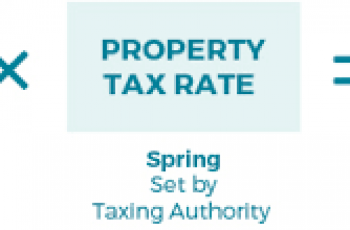What is Book Value?
In this article , we will define and discuss how to calculate book value. Book value(BV) is one of the ways to evaluate a business’s financial condition. Therefore, we can define book value as the total amount a company would be worth if it liquidated its assets and paid back all its liabilities.
The book values of assets are routinely compared to market values as part of various financial analyses. Book value is not necessarily the same as an asset’s market value, since market value is based on supply and demand and perceived value, while book value is simply an accounting calculation.
Measures of BV.
Book value of equity per shares. A metric that investors use with regard to book value is BVPS or Book Value of Equity per Share. It takes the net value of a listed company’s assets, also known as shareholder’s equity, and divides it by the total number of outstanding shares of that organization.
Price to book ratio. Also known as the price-equity ratio, is also derived from the book value of an organization. It is used widely by value investors. P/B ratio shows the relationship between a company’s market capitalization and its book value.
Significance of BV.
- Book value depicts a stock’s book value, which is the amount that shareholders will receive in case of liquidation.
- Different companies’ performance can be compared through book value to know the potential of investment.
- It can be compared with the company’s market value to assess whether the stock’s overpriced or under priced.
- It helps predict whether the stock has huge growth potential or whether investors will buy it in large volume. How?
- In case the book value exceeds the market value, it can be inferred that the stock is undervalued and the market does not have confidence in it. Since the stock is undervalued, there are chances that investors will buy a larger volume.
- If the book value is lesser than the market value, it can be considered as the stock is overvalued and the market has huge growth potential.
Limitations of Book Value.
- Companies report the book value figure quarterly or annually. It is only after the reporting that an investor would know how it has changed over the months.
- Book value considers only tangible assets leaving out intangible assets such as patents, trademarks, and copyrights.
- It uses historical cost for pricing and doesn’t consider today’s inflation, Forex, and market changes.
- Book value does not always include the full impact of claims on assets and the costs of selling them.
Formula to Calculate Book Value.

Example:
Company Y has total assets of $100 million and total liabilities of $80 million, calculate total book value.

Therefore, the book value of the company is $ 20.

